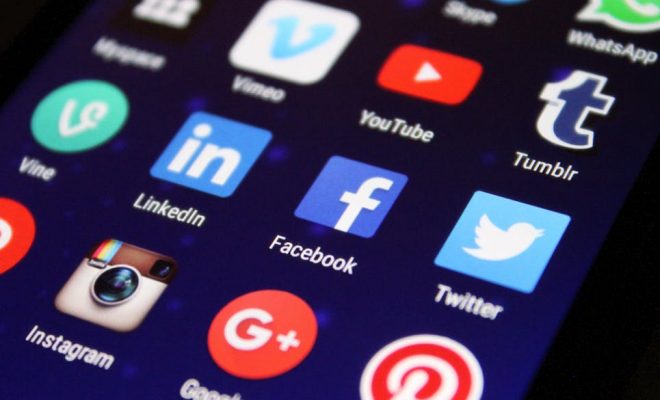Educators: What You Need To Know About Cell Phones

Cell phones: good or bad? There’s no denying they’ve made modern life much more convenient. Communication happens at the drop of a hat – or at the click of a button. However, the instant gratification can make cell phones a little too attractive, making it hard for students to let go and focus on learning.
In our increasingly technological society, teachers have to deal with the fact that students as young as seven own cell phones, and many bring them to school. Some schools initially banned cell phones, but with the multitude of tragedies that have happened over the last decade, many have changed their policy. Also, parents pushed for the change, insisting their children needed to use their cell phones to reach them after school hours and to schedule rides. Many schools have now lifted their bans on cell phones.
Unfortunately, while restrictions on cell phone use have either been lifted or relaxed by most school districts, the distractions caused by cell phones and smart phones have increased. This is partly because the cell phones of today allow users to do much more than they could in the past. In addition to texting and making calls, students can take pictures, record short videos, play games, surf the Net, and more.
As a teacher, you’ll undoubtedly have problems with students abusing cell phones by texting each other during class, sending answers to exam questions, and harassing and bullying classmates. Because of this, you’ll need to impose strict rules to combat these issues. Your school may already have rules in place concerning cell phones that they require all teachers to adhere to. If it doesn’t, consider implementing the following rules in your classroom:
- Students who are caught using a cell phone in the classroom without permission will have points deducted from their class participation score.
- Students who are caught using a cell phone during a test will receive a one- or two-grade deduction from their test score.
- Students must place their cell phones in a basket at the beginning of class. When class is over, they can retrieve their phones.
Cell phones in the classroom are not all bad, because they can be used as powerful teaching tools. Many feature multifunction calculators that can be used during math and science classes. The camera can be used to take wonderful photos, and the video feature can be used to take short videos. If your school does not have laptops available for classroom use, students can use the Internet browser on their phone to search for valuable information or to complete complex projects. Students can even use a dictionary app.
The cell phone can be a powerful distraction or an educational tool. You have to decide which it will be in your classroom. Make sure that you explain the school’s policy on cell phones at the beginning of the year. In the absence of formal school rules, you can make your own. Take advantage of this powerful teaching tool, but don’t let it distract your students.






